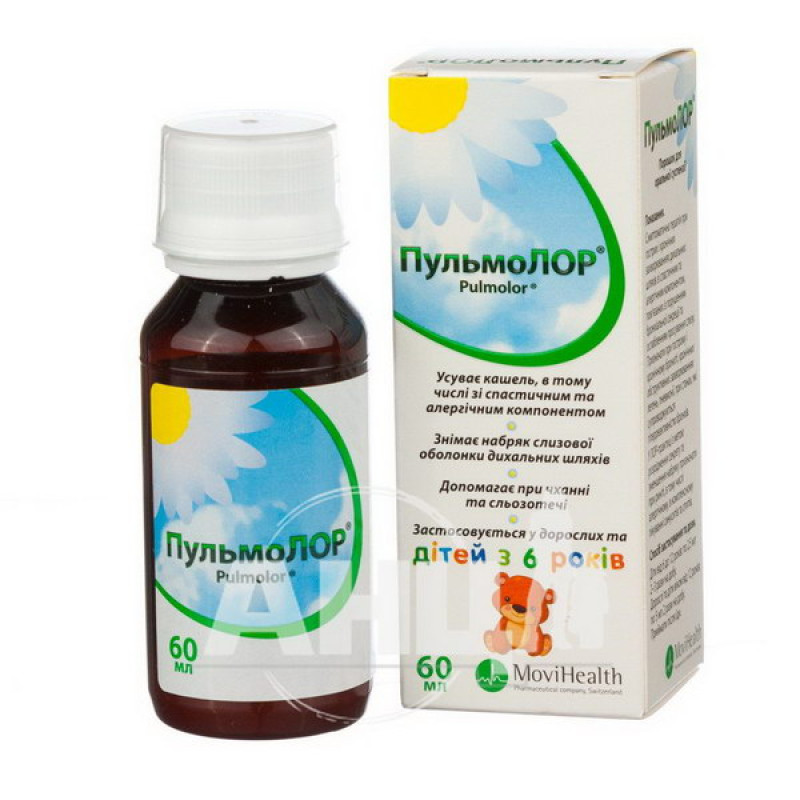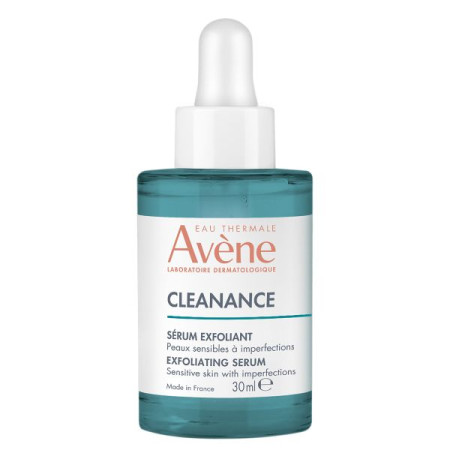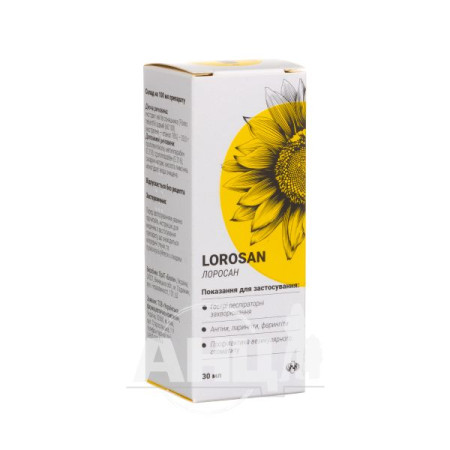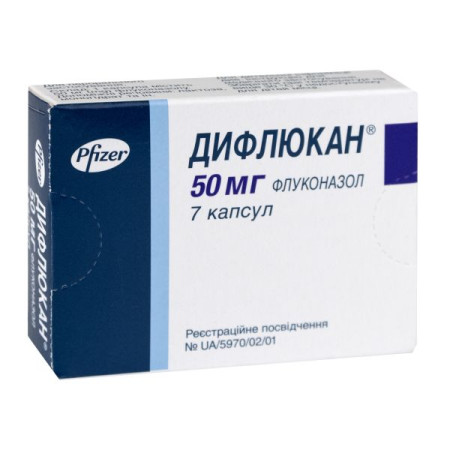Pulmolor powder for oral suspension in 60 ml bottles
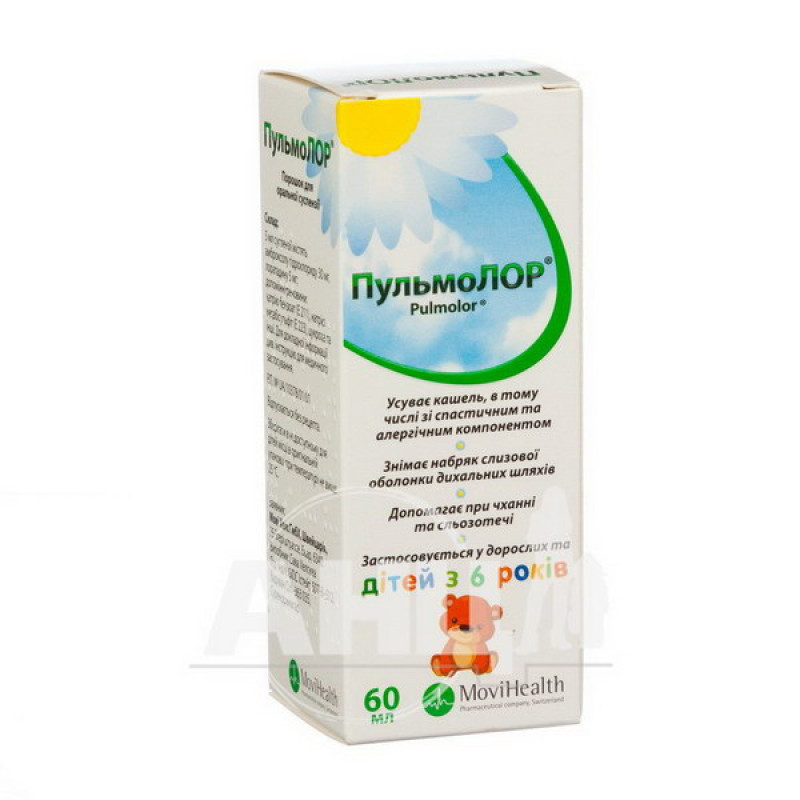
Pharmacological properties
Pulmolor has a pronounced expectorant effect, softens and soothes dry cough, facilitates breathing, normalizes the secretion of bronchial mucus, improves sputum discharge, reduces inflammation of the respiratory tract. has an anti-exudative effect, reduces spasm of bronchial smooth muscles and swelling of tissues, including the mucous membranes of the nose, throat, maxillary sinuses and respiratory tract, reduces capillary permeability, reduces nasal congestion, tearing, sneezing, itching of the palate and nose, and eye hyperemia.
Ambroxol hydrochloride is a secretolytic and secretomotor agent. It has a pronounced expectorant and slight antitussive effect. It stimulates serous cells of the glands of the bronchial mucosa, increases the amount of mucous secretion and thus normalizes the ratio of serous and mucous components. This contributes to the normalization of the rheological parameters of sputum, reducing its viscosity and adhesive properties. It directly stimulates the motor activity of the ciliated epithelium of the bronchi, prevents its clumping and improves mucociliary evacuation of sputum. Ambroxol increases the content of surfactant in the lungs, and also prevents its destruction in pneumocytes. As a mucolytic agent and as an expectorant, ambroxol improves the function of external respiration. The drug reduces the hyperreactivity of bronchial muscles in asthma. Ambroxol exhibits anti-inflammatory effect, antioxidant properties, stimulates local immunity and renewal of the natural surfactant layer. When taking ambroxol, patients' complaints of cough and sputum are significantly reduced according to the intensity of treatment. Ambroxol hydrochloride increases the concentration of antibiotics in the lungs and thus improves the course of respiratory diseases in bacterial lung infections.
Loratadine is a selective blocker of peripheral H 1 -histamine receptors of prolonged action. It does not have a central sedative effect. It has antiallergic properties, weakens spasm of bronchial smooth muscles, reduces bronchial sensitivity to histamine, eliminates dry cough of allergic etiology, reduces capillary permeability, reduces tissue edema, rhinorrhea, lacrimation, sneezing, itching of the palate and nose, redness of the eyes. Prevents the development and facilitates the course of allergic reactions. Its action is carried out by competitive blocking of H 1 -histamine receptors on effector cells by inhibiting the flow of calcium into cells, inhibiting the release of histamine (membrane-stabilizing function), inhibiting the chemotaxis of eosinophils and their accumulation in the mucous membrane. The antihistamine effect of loratadine appears 1-3 hours after administration, reaches a maximum after 8-12 hours and lasts 24 hours. After 28 days of use of loratadine, addiction is not observed.
Indication
Symptomatic therapy of acute and chronic respiratory diseases with a spastic and allergic component, associated with impaired bronchial secretion and impaired mucus clearance. It is prescribed for acute and chronic bronchitis, COPD, pneumonia, and conditions accompanied by bronchial hyperreactivity.
In ENT practice, in order to thin the secretion and reduce swelling, it is prescribed for rhinitis, including allergic rhinitis, in the complex treatment of sinusitis and otitis media.
Application
Tablets. used in adults and children over 12 years of age orally, 1 tablet 2 times a day.
The tablets should be taken after meals and washed down with water. The duration of treatment is up to 14 days.
Powder for suspension. Children aged 6-12 years: 2.5 ml
2-3 times a day.
Adults and children over 12 years of age: 5 ml 2 times a day.
Preparation of suspension. To prepare the suspension, add boiled cooled water to the label in the bottle, then shake. Take after meals. Shake before each use.
Duration of treatment - up to 14 days. You should consult a doctor if after 14 days the symptoms do not disappear and / or worsen.
Contraindication
Hypersensitivity to any component of the drug.
Side effects
The drug is usually well tolerated.
Skin: alopecia.
Immune system: hypersensitivity reactions, including rash, urticaria, itching, anaphylactic reactions (including anaphylactic shock), angioedema, shortness of breath (as a symptom of a hypersensitivity reaction), erythema; severe skin lesions: Stevens-Johnson syndrome and toxic epidermal necrolysis (Lyell's syndrome).
Since the tablets contain methylparaben and propylparaben, allergic reactions (probably delayed) and bronchospasm may develop.
Due to the content of sodium metabisulfite in the powder for oral suspension, the development of hypersensitivity reactions and bronchospasm.
Nervous system: dysgeusia (taste disorder), dizziness, convulsions, headache, nervousness, fatigue, drowsiness, insomnia.
Gastrointestinal tract: nausea, decreased sensitivity in the oral cavity, vomiting, diarrhea, dyspepsia, abdominal pain, dry mouth and throat, constipation, drooling, gastritis.
Respiratory system: rhinorrhea.
Hepatobiliary system: liver dysfunction.
Cardiovascular system: tachycardia, palpitations.
From the urinary system: dysuria.
General disorders: fever, mucous membrane reactions, increased appetite.
Special instructions
The drug contains lactose, therefore patients with rare hereditary problems of galactose intolerance, the Lapp lactase deficiency or glucose-galactose malabsorption should not take this drug.
Only a few reports of severe skin lesions have been received: Stevens-Johnson syndrome and toxic epidermal necrolysis (Lyell's syndrome), associated with the use of expectorants such as ambroxol hydrochloride. Most of them could be explained by the severity of the underlying disease in the patients and the simultaneous use of another drug. Also, in the initial stage of Stevens-Johnson syndrome or Lyell's syndrome, patients may have non-specific, flu-like symptoms such as fever, aches, rhinitis, cough and sore throat. Symptomatic treatment with cough and cold medicines may be mistakenly applied for such non-specific, flu-like symptoms. Therefore, if new lesions of the skin or mucous membranes appear, medical help should be sought immediately and treatment with ambroxol hydrochloride should be discontinued.
Since ambroxol may increase mucus secretion, the drug should be used with caution in cases of impaired bronchial motility and increased mucus secretion (for example, in a rare disease such as primary ciliary dyskinesia).
Patients with impaired renal or hepatic function (e.g. jaundice, hepatitis, hepatonecrosis) should take the drug only after consulting a doctor; the drug should be used with caution (namely, the interval between administrations should be increased or the dose should be reduced). In patients with severe renal failure, accumulation of metabolites formed in the liver is expected.
5 ml of the finished suspension contain 0.75 g of sucrose, which should be taken into account in the total amount of sucrose consumed per day by patients with diabetes and when following a low-sugar diet.
Use during pregnancy and breastfeeding. Since experience with the use of the drug in pregnant women is insufficient, it is not recommended to take it during pregnancy. Since the drug penetrates into breast milk, it is not recommended to use it during breastfeeding.
Children: Tablets should not be given to children under 12 years of age.
The powder for suspension should not be administered to children under 6 years of age.
Ability to influence the speed of reactions when driving vehicles or working with other mechanisms. In general, the drug does not affect the speed of reactions when driving vehicles or working with other mechanisms. The patient should be informed that very rarely there may be cases of drowsiness, which may affect the ability to drive vehicles or work with other mechanisms.
Interactions
Simultaneous administration of Pulmolor with antibiotics has an advantage over the appointment of the antibiotic alone. Pulmolor increases the concentration of antibiotics in the lungs and, thus, improves the course of respiratory diseases in bacterial lung infections.
The drug does not potentiate the effects of alcohol.
Do not take simultaneously with cough medicines that make it difficult to expel sputum.
Potential interaction is possible with all known inhibitors of CYP 3A4 or CYP 2D6, which leads to increased levels of loratadine, which, in turn, may be the cause of an increased incidence of adverse reactions.
In controlled studies, increased plasma concentrations of loratadine have been reported after concomitant use with ketoconazole, erythromycin and cimetidine, which were not accompanied by clinically significant changes (including ECG).
Other drugs that suppress liver function should be prescribed with caution when used concomitantly.
Overdose
Drowsiness, tachycardia, headache, nausea, vomiting, diarrhea, decreased appetite.
Treatment. In case of overdose, symptomatic and supportive treatment is recommended. Standard measures are taken to remove the drug that has not been absorbed in the stomach: gastric lavage, use of crushed activated charcoal with water.
Loratadine is not removed by hemodialysis. It is also unknown whether it is removed by peritoneal dialysis. After emergency care, the patient should remain under medical supervision.
Storage conditions
Suspension - in the original packaging at a temperature not exceeding 25 ° C. After preparation, the suspension is stored for 14 days at a temperature of 2-8 ° C.
Tablets - in original packaging at a temperature not exceeding 25 °C.
Keep out of reach of children.
There are no reviews for this product.
There are no reviews for this product, be the first to leave your review.
No questions about this product, be the first and ask your question.






